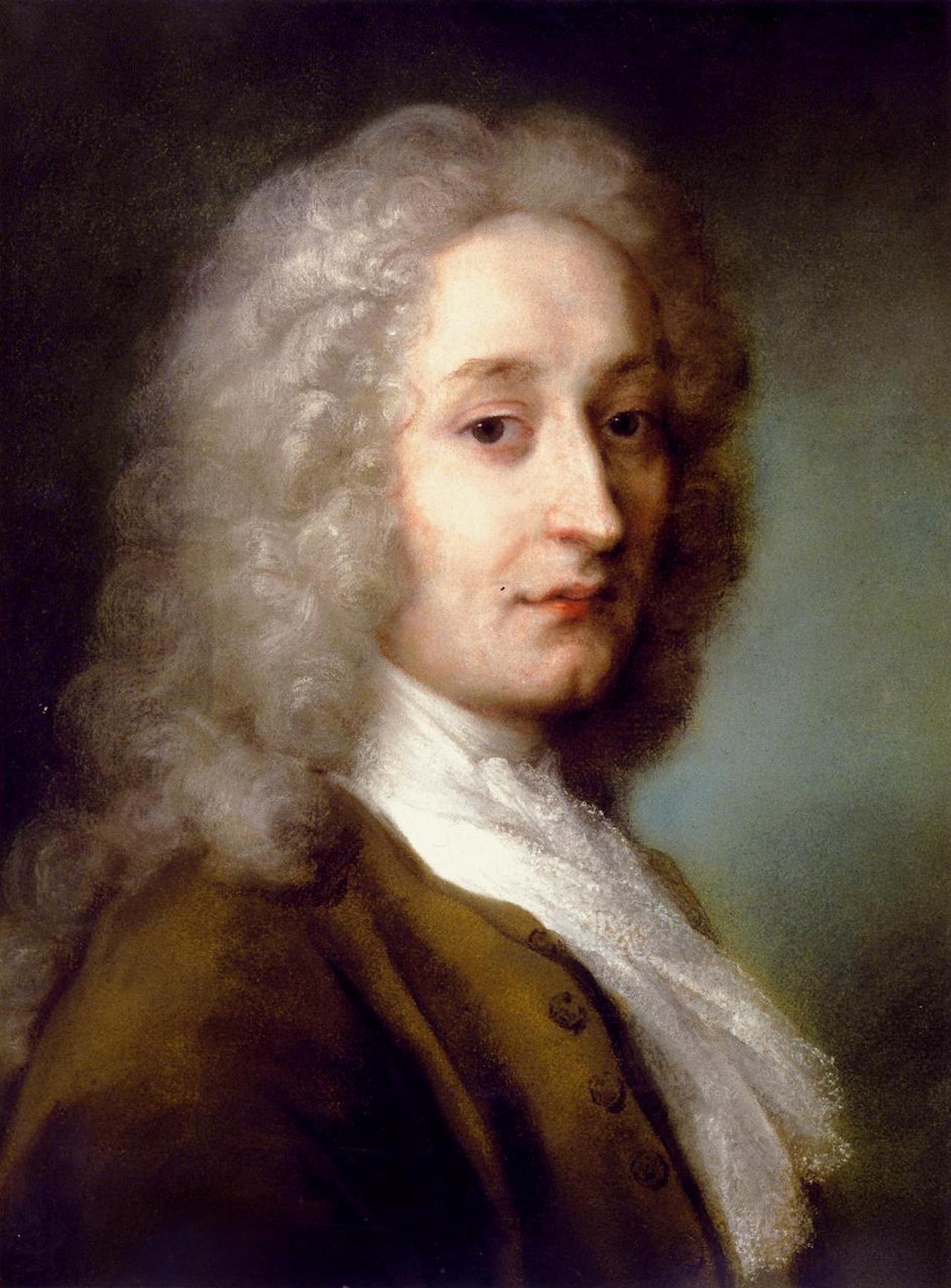The origin of Pierrot (meaning an actor, masquerader, or buffoon) is unclear. It may have been a theatrical sign for a café or it could have been an advert for a fairground show. Generally the character of Pierrot in the Commedia dell'Arte was staged to be the fool. Watteau’s sad clown has reason to be sad as he may be destined for a broken heart. Traditionally, Pierrot’s love interest, Columbine, leaves him for Harlequin. Despite his fate, the character of Pierrot is trusting and naïve, moonstruck and distant to reality. It is unknown whether Watteau himself was the inspiration for this piece, as some critics believe this to be a self-portrait, or whether the character of Pierrot was a friend of his, an actor, or an entirely fictional character all together.




Pierrot formerly known as Gilles
oil on canvas • 184.5 × 149.5 cm
 Antoine Watteau
Antoine Watteau